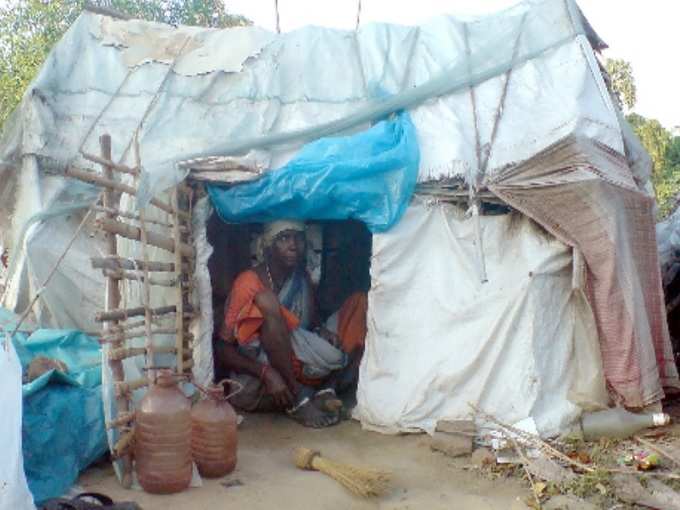
To understand the class division in India, a simple walk during the weekend through New Delhi’s Hauz Khas Village will suffice. This narrow lane is barely 400m long, but houses some of the most hip pubs, delis, resto-bars and lounges of Delhi. And in stark contrast, you will also find here sturdy, native ‘villagers’ who are sitting on their front yards smoking ‘hookah’ and passing comments about the changing Delhi. Don’t be fooled by their get-up. They are the landlords of the area. They may not gel with the young, urban and chic crowd thronging the pubs, but they are the locals, the natives.
Right now, India is at a crossroads. A new government has just been elected after years of
In layman’s terms, the BJP promised more economic freedom while the Congress ran with upliftment of the poor. But going by the Lok Sabha results, most people have favoured the former concept. A hundred rupees in one’s own pocket is better than Rs 10 in everyone’s pocket – this is the attitude that has won the day. Some call it greed while others may choose to call it competition. But what cannot be denied is – all this will not lessen the gap of income inequality across the country.
Thomas Piketty, a professor from Paris School of Economics, has recently penned a book called Capital in the Twenty-First Century. Like many people who are somewhat critical of how the word ‘development’ is thrown around by politicians all over the world, Piketty, too, believes that development and economic growth, while being inherently positive attributes, can eventually lead to a situation where income inequality can become a devastating tool, especially if the growth is allowed to be exploited by the elite of the society.
The situation in India
While Piketty’s book was written after he gathered research material and data from over 20 countries since the Industrial Revolution, he concedes that “there are major problems with the measurement of income inequality in India.” According to him, “India’s income tax administration has almost given up compiling detailed income tax statistics, although detailed yearly reports called All-India Income Tax Statistics are available from 1922 to 2000. This lack of transparency is problematic because self-reported survey data on consumption and income is not satisfactory for the top part of the distribution and income tax data is a key additional source of information in every country.” This makes it even more difficult to map out the
A different history
Piketty also points out that inherited wealth is the problem area as that is a system where merit is not what is rewarded. Instead, it is the bloodline and family ties that matter. The French economist calls it patrimonial capitalism and it is something common in all countries all over the world. But in India, this patrimonial capitalism takes a giant leap, surpassing all other countries, thanks to some India-specific reasons.
First of all, in nations such as the US and the UK, inherited wealth only created a class division. Yes, the division grew bigger with more wealth accumulated, but that was it. India, on the other hand, has another skeleton in its closet – caste divisions. Historically, only Brahmins (priests) and Kshatriyas (warriors) had access to whole, rounded education. The Vaishyas (traders) were only trained in their prescribed skills while the Shudras (untouchables) had to make do with the leftovers. In other words, they did not have access to any tool that could elevate them up the caste ladder. However, reformers in the 19th century did bring about some positive changes. Later, when India gained Independence and opted for democracy, it seemed everything should work out for the well being of everyone – at least that is what the Constitution has guaranteed.
How globalisation backfired
In the early 90s, the
India has a pro-business government at the Centre now, which means some middle-class people will be getting richer. But in doing so, they will be making more money for the elites while the lower end will sink further into oblivion. The solution may lie in reforming the tax code, including income tax hike and new taxes on accumulated wealth, while that additional capital can easily fund basic necessities, such as food, housing, healthcare and education. Only then India will have the chance to grow into a superpower. Otherwise, the revolution is right around the corner.